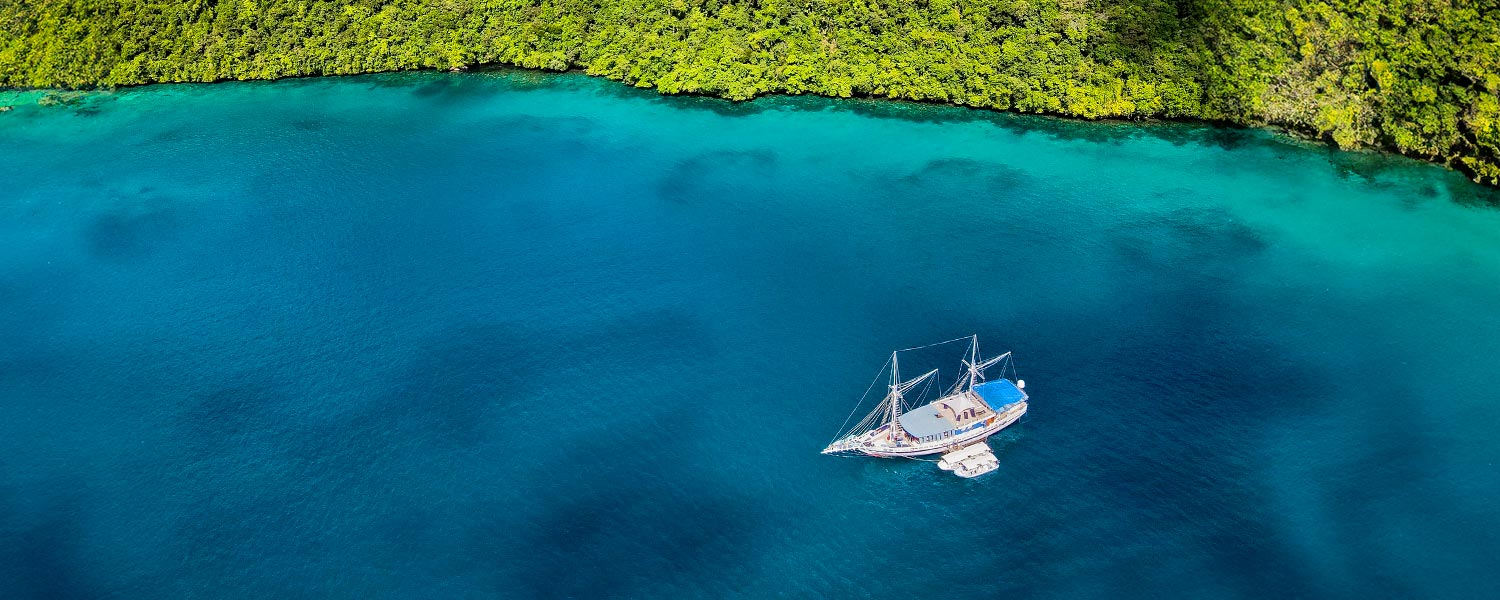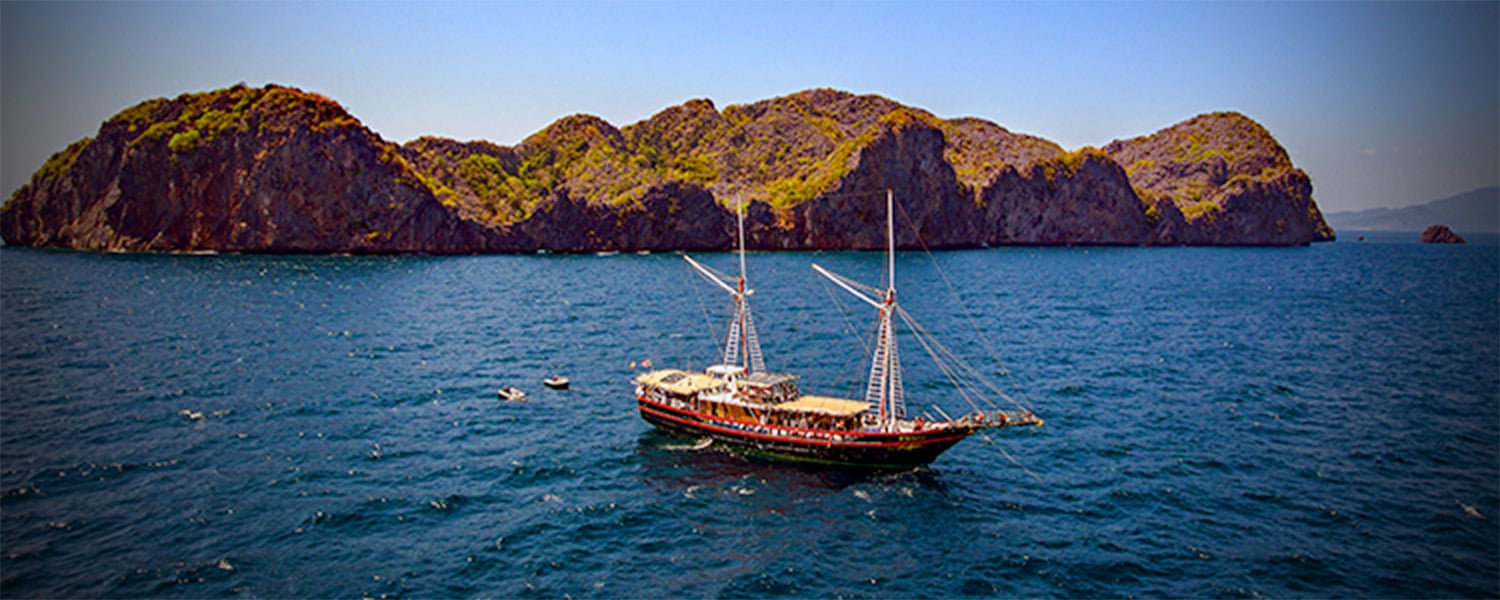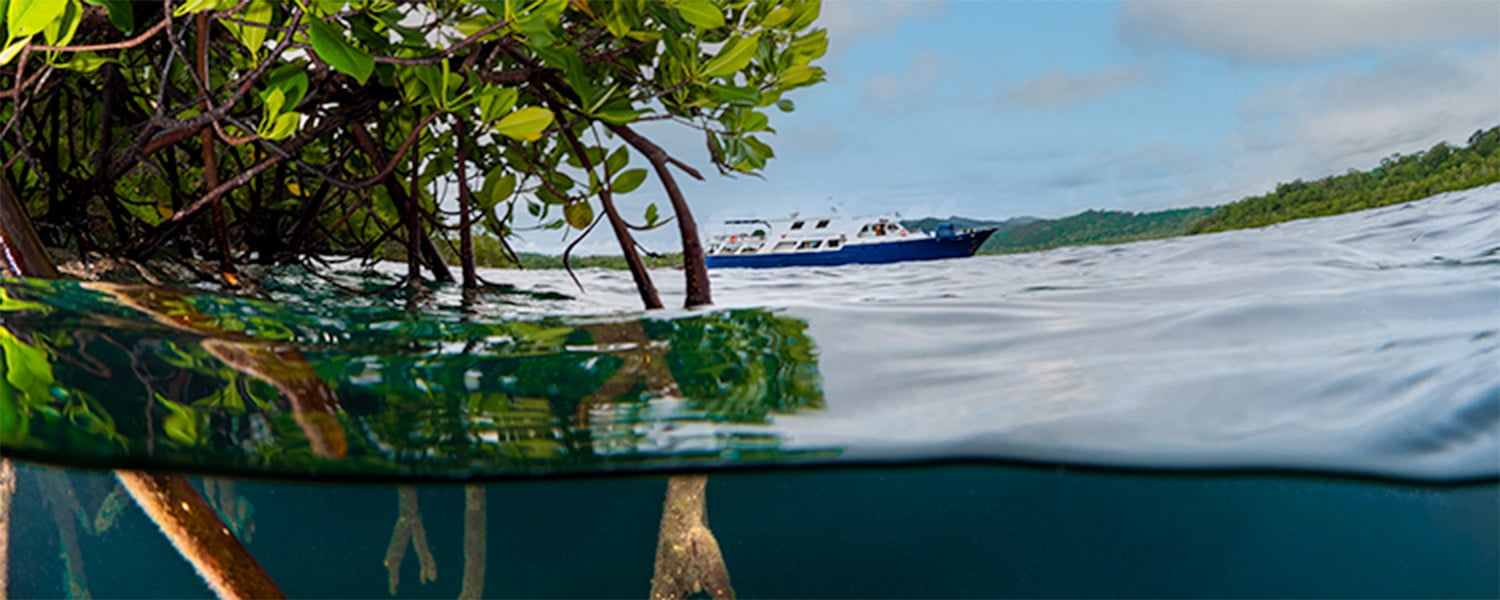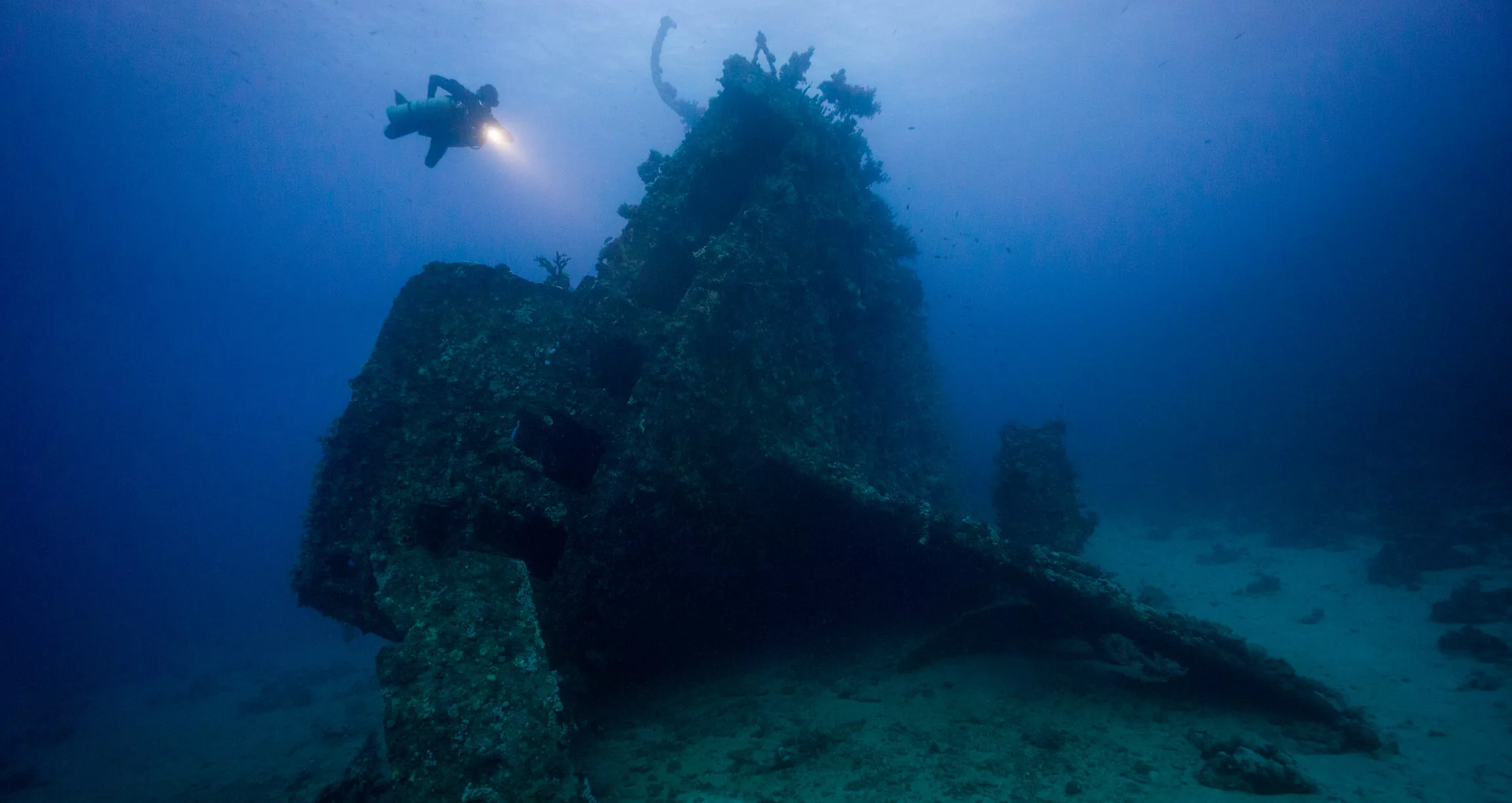You may often hear the term spawning dives. This type of diving happens at a very particular time and place but makes for some of the most amazing dives you may ever have. So let’s dive in and learn all about the spawning dives!
What is spawning?
Many types of marine organisms have a reproductive process unique to the marine world…broadcast spawning. This kind of reproduction definitely wouldn’t work on land, because the animals simply release their eggs or sperm into the water column. The overarching term for this act, regardless of what type of animal is reproducing, is spawning. Spawn being the eggs and sperm released into the water, hence spawning being the act of release.
Many fish species use broadcast spawning as their reproduction technique, but they are not the only ones. Other animals spawn in the water column, including many types of crabs, shrimps, molluscs, squids, sea urchins, sea cucumbers, frogs, newts, aquatic insects, as well as corals.
So in short, spawning equals (not so) sexy time in the aquatic world.

The process of spawning
Fish need to meet up and come together for their sexy times. That makes sense, doesn’t it? Sometimes it is a single pair of fish, such as mandarinfish, who spawn every evening with their regular partner. Other times in the fish world, a large number of individuals come together predictably for group spawning. This is what we call a “fish spawning aggregation”.
In an aggregation, fish meet up in larger groups than usual and in a very predictable manner. Once they are all together and conditions are right, they only have one thing on their minds: perpetuating their species. Since the success of broadcast spawning is basically a lottery, higher-density aggregations raise the potential success rate of reproduction. Put simply, more eggs and sperm in the water means more chance of baby fish.
Aggregations can be often predicted, depending on the species and the moon cycle, tide, water temperature, and likely some things we have yet to identify. Luckily, what seems to be the biggest influence are moon cycles and tides. Full and new moons mean larger tides and stronger currents. Stronger currents mean a wider spread of offspring. Therefore, these spawning aggregations tend to happen at approximately the same time each year, sometimes even monthly. Through both local knowledge and science, a handful of these aggregations have been identified and studied.
Some fish only come from around the corner and meet up on a regular basis, generally monthly. The Bohar snapper aggregation in Palau is a good example of such sexy times; These are called ‘resident aggregations’. Some fishes, on the other hand, travel a long way to spawn. These ‘transient aggregations’ happen only for a few months per year and are generally less common. The blue-lined sea breams’ aggregation, for example, only happens twice a year in Palau.
How do we know?
It has taken decades to pinpoint the exact times and locations of many known aggregations, but with years come knowledge and wisdom. Many places in the world can now pinpoint these events and offer you an opportunity to dive during a spawning. French Polynesia has the marbled group spawning. Australia, St Lucia, Bonaire, Florida and Mexico have their famous coral spawnings. Even The Bahamas have their own bonefish and grouper spawnings.
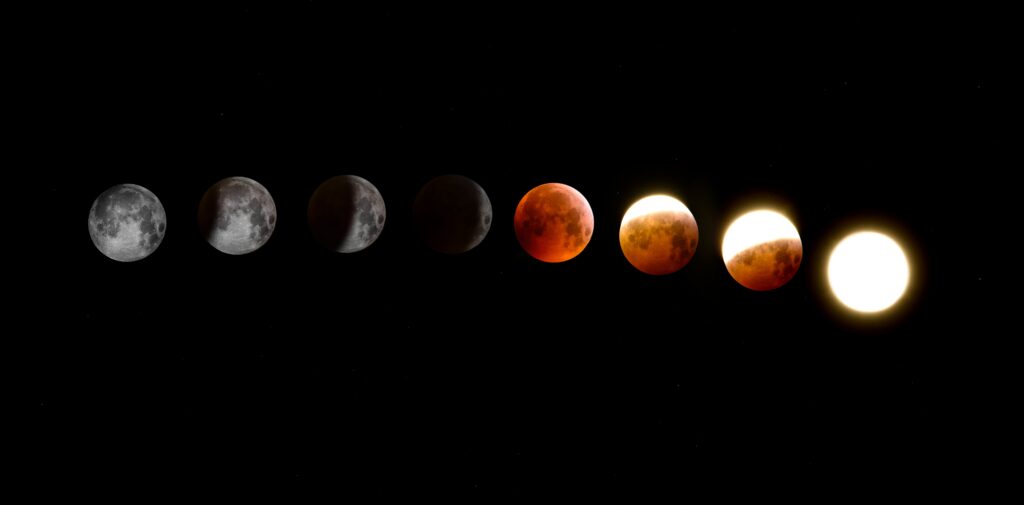
But for us, there is only one place in our hearts: Palau. Our team on Palau Siren is now well versed in the (somewhat) exact sciences of balancing moon phases, tides, and locations to provide you with the best spawning diving experience.
What happens on spawning dives?
So we have all the frisky fish present. But then what? Well…then the dance starts, ladies and gentlemen!
Diving in the middle of a spawning may be a bit of voyeurism, but it is an incredible experience. First off, there is an insane amount of the same fish in one place. For example, you will all have seen a snapper from time to time and if you are lucky you will have seen schools with maybe 100 individuals. Spawning time, however, means they are present in their thousands swimming up and down, in the blue and by the reef. And you are smack in the middle: what a sight!
Then comes the mating dance. Many fish will act strangely during this phase. Some change colours, some develop markings, some will move to deeper depths or away from the safety of the reef, forming amazing tornado-like schools. Male groupers become quite bullish and nudge the females out from their hiding places. To each fish, its own style.
And then, the final act: the actual spawning, the release. Sexy time. As for many of us, this can be extremely quick, so keep your eyes screwed open. Different species will perform differently, but generally, it will involve a female darting to the surface chased by eager males. This will be pretty frenetic and they will leave a cloudy train behind them. Very quickly, the cloud will lead to fertilized eggs, now called gametes, ready to drift in the vast ocean and develop into little fish. The dance is repeated over and over and over until, naturally, they become tired and the females have released all their eggs. Then slowly, the schools will break apart and everyone will return home for a good rest and a cigarette.
Other voyeurs
If the thousands and thousands of fish are not enough for you, then don’t worry. Such a large concentration of fish is an excellent opportunity for predators. These guys will not miss the chance of an easy meal. We often see an extraordinary amount of sharks during the Palau spawning trips, and sharks we don’t see otherwise. Oceanic blacktip sharks, whitetip reef sharks, grey reef sharks, bull sharks, and sometimes lemon sharks are all part of the party. They add excitement to the dance by darting through the schools for a feed.
Palau spawning dives
Palau is the perfect destination for spawning dives. We offer several different itineraries all based around the moon phase to maximise your chances.
Full Moon Spawning trips
For several days leading up to and around the full moon, two huge known aggregations of Red Snappers (Lutjanus bohar) spawn in two different locations. This event will lead us either to the historical island of Peleliu, or to remote dive sites east of Koror (divers’ preferences and weather conditions will determine which site will be visited). We try to plan the spawning for the second half of the trip as aggregations occur at peak currents and can be challenging. The more dives you have under your belt when sexy time comes around, the better.
As the sun rises, we begin the dive. A huge aggregation of snapper will rise from the deep, to ensure the continuation of their species. Witnessing this natural behaviour, which can only be described as an underwater fireworks display of energy and excitement, is astonishing. It also attracts the biggest predators in Palau, such as bull sharks and oceanic blacktips.
New Moon Spawning trips
One of the best-loved sightings among divers is the Bumphead Parrotfish (Bolbometopon muricatum). Often seen patrolling the reefs in schools of up to 20 or more, these encounters are favourites for many divers, but imagine an aggregation of nearly a thousand individuals!
Our New Moon Expedition takes us to a remote dive site, where aggregations begin forming early in the morning. Awaiting the exact time for spawning, hundreds of Bumphead Parrotfish from all around the area join one another for an unforgettable event.
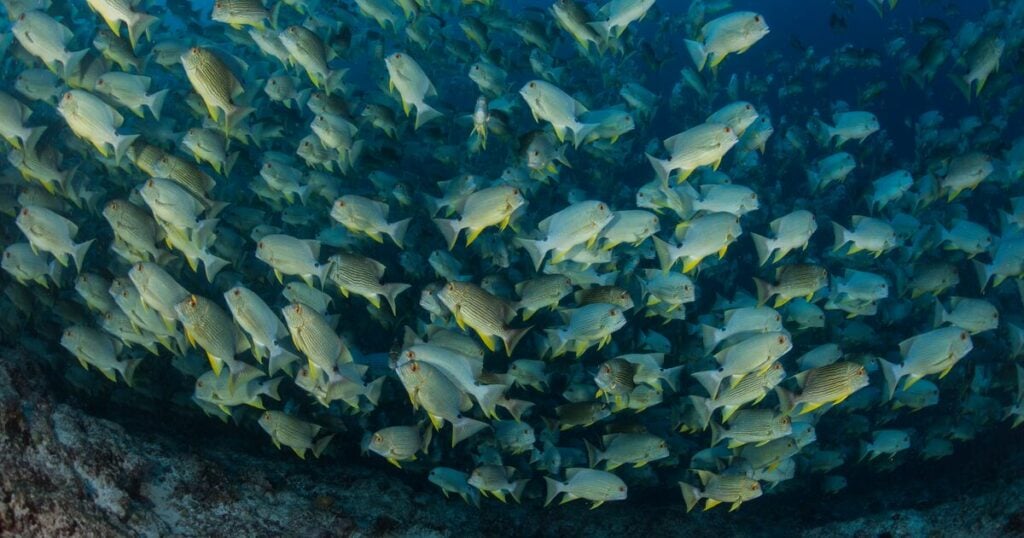
Building up to this spectacular showdown, males begin their display of dominance, attempting to attract as many mating partners as possible. As females continue to gather, the school spills out into the blue where the tension erupts into a climactic mating dance.
Is it good for the environment?
Over the years, there have been concerns that diving during a spawning event may be disruptive for the fish. So science had a look at it – bless the researchers! Their conclusion?
“Though further research is needed to assess the effects of boat traffic and larger groups of less experienced divers, dive ecotourism at fish spawning areas represents an economically attractive and less exploitative alternative to commercial fishing.”
Full report here.
While we knew instinctively that it was better to have a few divers in the spawning rater than fishermen, we have now heard it directly from science. As the dives can be tough, the minimum requirements for these liveaboard itineraries are to be PADI Advanced Open Water Diver certified, or equivalent, with a mandatory minimum of 50 logged dives, and experience in strong currents. This will allow you to enjoy these amazing dives in comfort and safety without causing too much stress to yourself – or the fishes!
